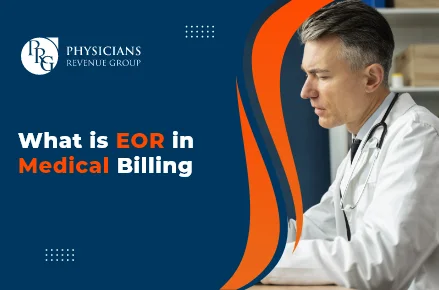
Email: info@prgmd.com | Call: +1 (630) 242-6474
Business hours: 9:00 to 5:00 | Monday to Friday
Email: info@prgmd.com | Call: +1 (630) 242-6474
Business hours: 9:00 to 5:00 | Monday to Friday

Table of Contents
ToggleReimbursements and payment collections are getting more complex for emergency and urgent care departments. It could be owing to the ever-increasing number of payers. Medical billing in emergency departments is widely different in comparison to medical billing services for other specialties. It gets even more complicated when factors like payer mix, reimbursements, and many others are responsible for strengthening the business models.
Medical billing in emergency departments is one of the most critical challenges for healthcare organizations and physicians in the US. Emergency room billing encompasses the claims processing for different medical procedures physicians perform. Even a tiny error in the insurance claims and the healthcare bills can result in claim denials – which certainly impacts a medical practice’s cash flow and profits.
Efficient documentation of patient information, procedures, and treatments in real-time help prevent missed charges and delayed reimbursements.
Assigning accurate codes for diagnoses, procedures, and services to ensure timely reimbursements.
Submit claims on time to reduce claim denials and delays in payment processing.
Regularly reviewing claim denials, identifying common issues, and implementing corrective measures to avoid recurring denials.
Take advantage of billing software and electronic health records to simplify processes and reduce manual errors.
Clearly explain billing procedures, insurance coverage, and potential out-of-pocket costs to patients for transparency.
Maintaining integrity in documentation, ensuring it accurately reflects the patient’s condition and care.
Successful medical billing in emergency departments requires the following:
Share:
Categories
Recently Added

What is an ABN in medical billing?

What does a Clearinghouse do During Claims Submission?

What is EOR in Medical Billing?
We Would Love to Assist You!
We treat your data confidentially and don’t share any information with a third party.